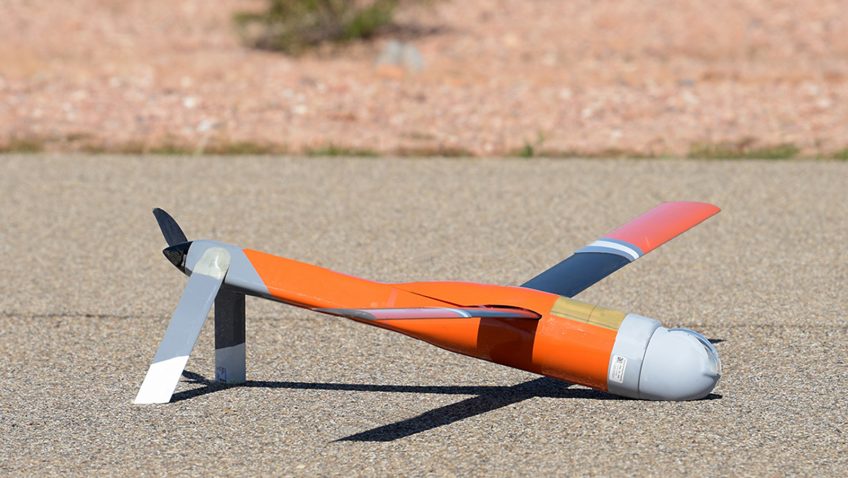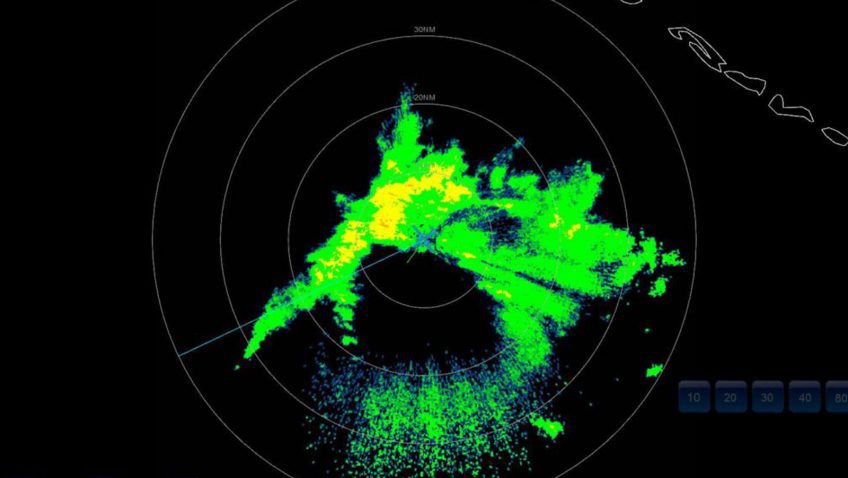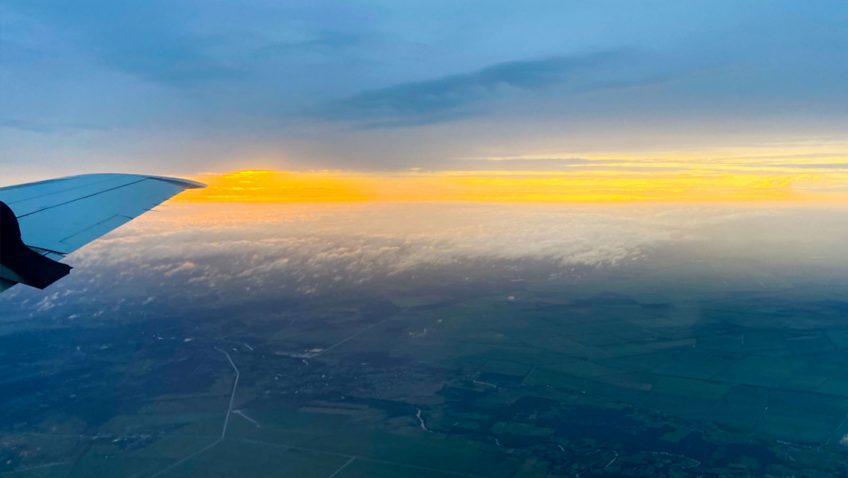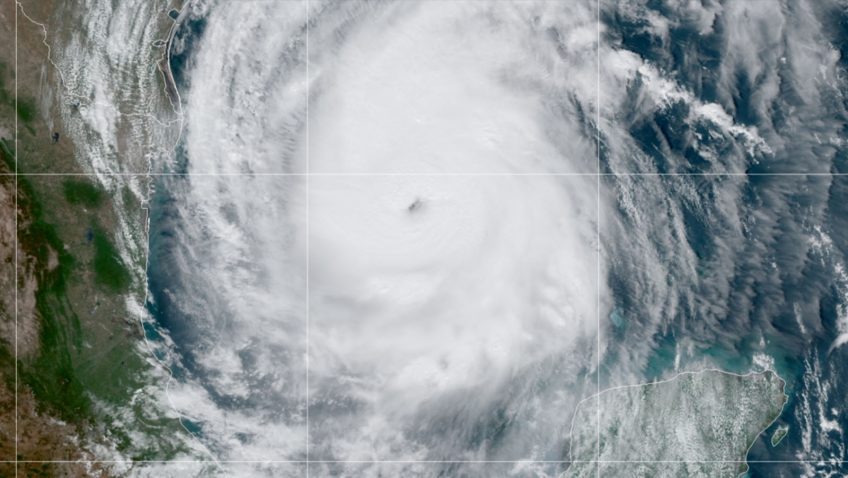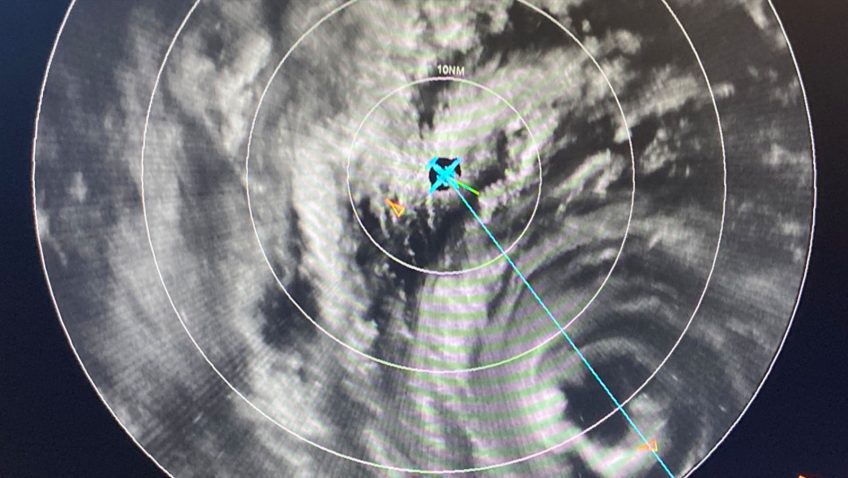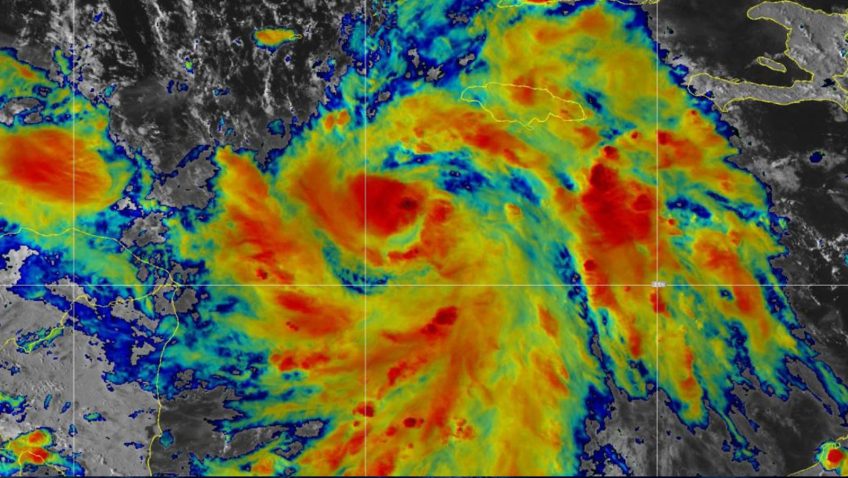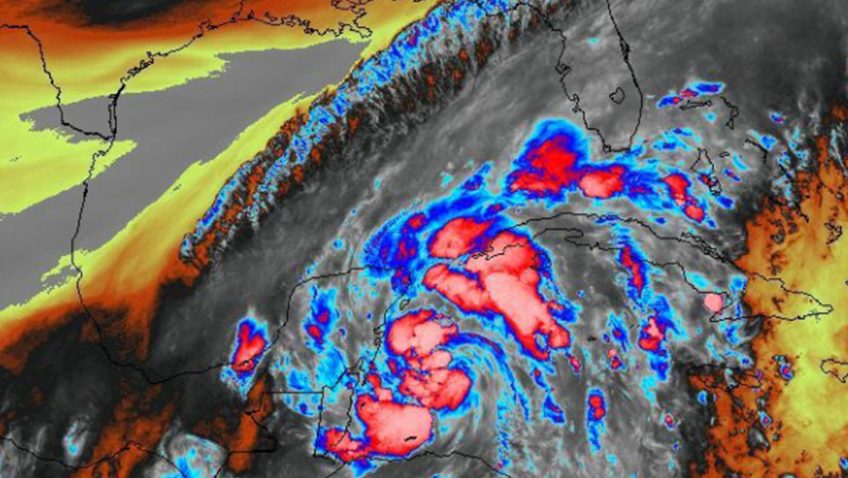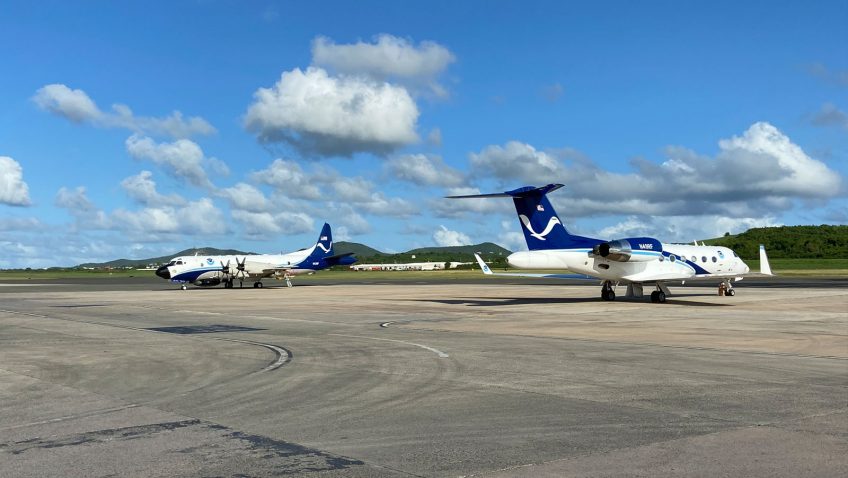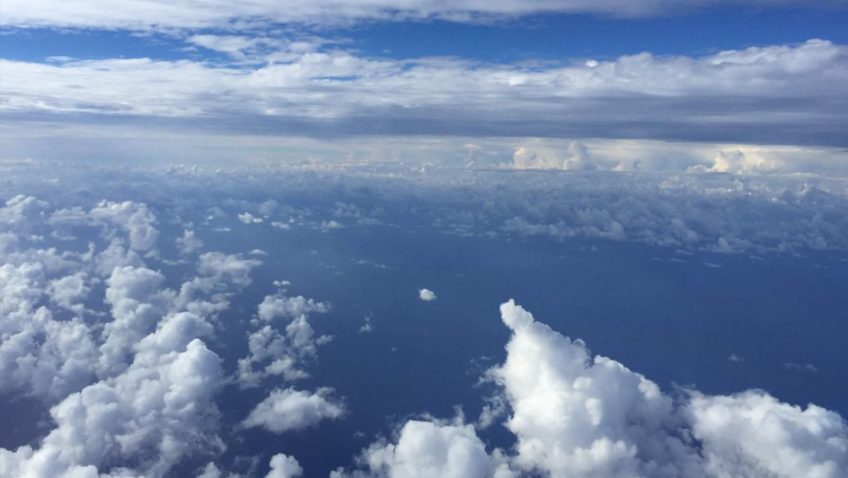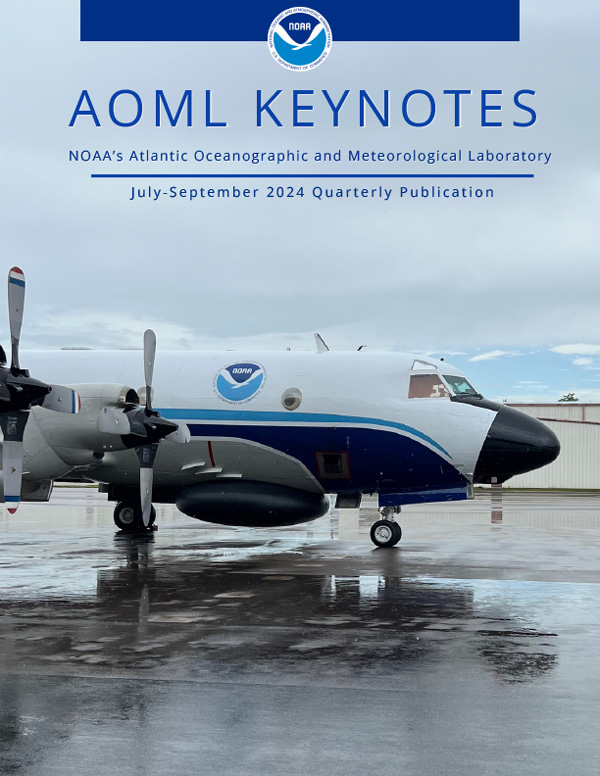Drones that hunt hurricanes? NOAA puts some to the test
Originally Published January 25th, 2021 at NOAA.Gov
“We’re hopeful this new technology, once it can be successfully tested in a hurricane environment, will improve our understanding of the boundary layer and advance NOAA forecast models used in forecasts,” said Joseph Cione, lead meteorologist at NOAA’s Atlantic Oceanographic and Meteorological Laboratory Hurricane Research Division. “Ultimately, these new observations could help emergency managers make informed decisions on evacuations before tropical cyclones make landfall.”
